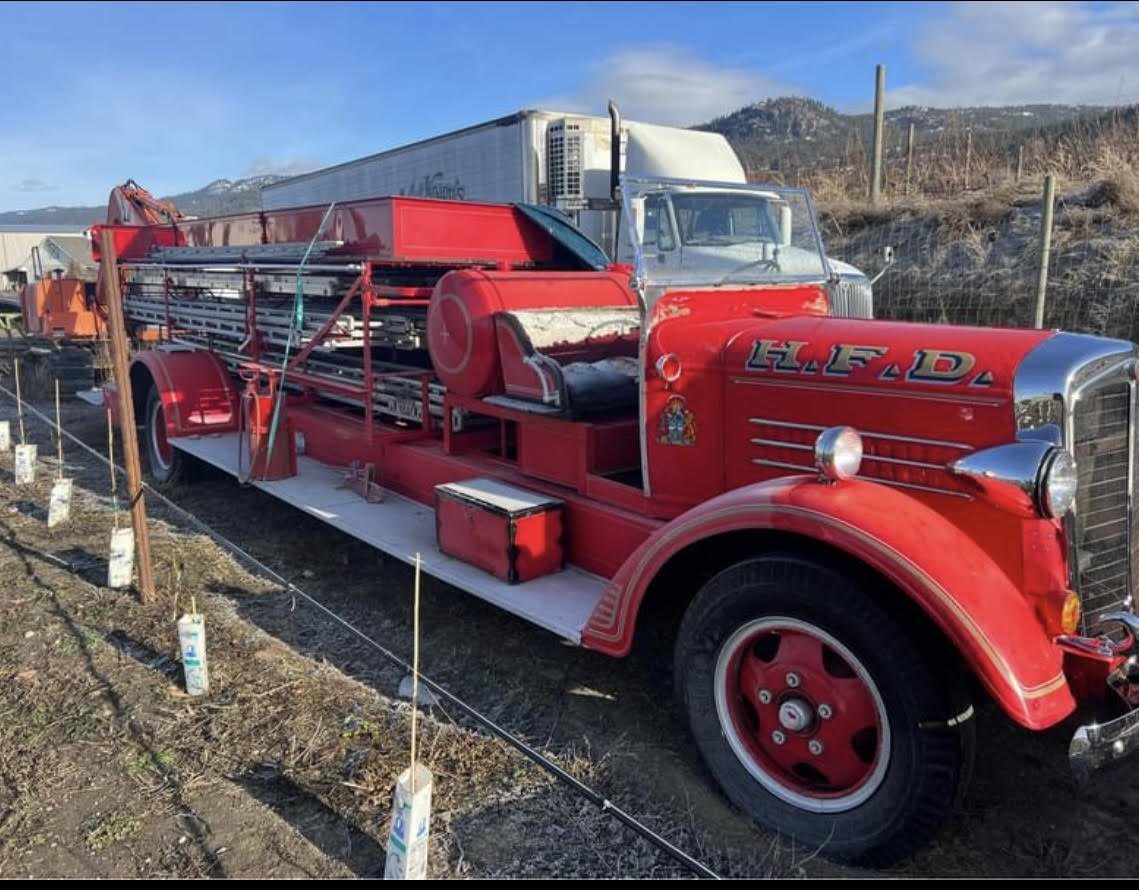John Alphonse (Phoney) Shannon 1884-1951
MARMORA LACROSSE
From the Ontario Lacrosse Hall of Fame
Lacrosse was first played by the Natives of Canada. The native roots of the game are fairly diverse. There were many different variations of the game amongst the different tribes. Tribes like the Mohawk, Seneca, Cherokee and Ojibwa were seen playing lacrosse when the North American explorers arrived. The name lacrosse was first coined by the Europeans, naming it “La Crosse” after a bishop’s crosier. Lacrosse was also know as “Baggataway” and “Tewaarthon” by different Native tribes (Morrow,1989). The name Baggataway was derived from the Ojibwa word for ball. Interestingly, the Europeans named the game after the stick and sometimes called it Racket (Salter, 1995). The end result would see lacrosse become the official name of the sport.
Today, many consider lacrosse to be a violent sport. However, the ritualistic view of the Natives emphasized the benefits of the physical abuse. The Natives firmly believed that lacrosse was closely tied to leadership, discipline and the physical conditioning (Morrow, 1989).The physical game aided in the development of the players becoming stronger, faster and with improved hand-eye coordination. These skills were valuable as the men could be better hunters and be stronger warriors in case of battle. These cultural beliefs and the sheer joy of the game made lacrosse one of the favourite pastimes of the Natives. The game quickly spread across the tribes and eventually the Nation (Mott, 1989).
Marmora Lacrosse Team 1912 Players - not in order -
Coaches unknown, Charles Clairmont, A. Shannon, Ed Gladney, Mr. Watts, Perry Murphy, Fred Wells, Peanuts McWilliams, Monte Bertrand, Tiny Yates, Alf Mcwilliams
(Charles McWilliams (Sr)(1912-1926) was a member of Marmora's Championship Lacrosse Team in the early 1910's. He later went into the car and garage business with Michae1 James Maloney (1873-1940). Their garage waslocated on Forsythe Street in Marmora.)
Circa 1912
Marmora Juniors - District Champions1923
Back Row: E. Donnelly, coach, L Bowen,Point (Capt) R. Reynolds, 2nd Defence, P. Clement, Home, HowardBleecker Manager,
Middle Row: G. McWilliams, 1st Defence, Jack Brady, 2nd Home, S. McGinnis, Centre, G. Sine, Defence
Front Row: Chuck Brady, Home, C. Neal, Goal, Albert Wells, 1st Home
Dan Brady wrote: My dad Chuck Brady is front row on the left and his brother Jack is 2nd from the left in the second row. Dad would have been 14 years old then. They were young teenagers (Junior Champs) but not a hint of a smile on any face which must have been the rule when photos were taken back then but it makes them look much older than their ages.
From the Canadian Encyclopedia: Early European Accounts
One of the first written Canadian references to the activity of lacrosse appears in the 1637 journals of Jesuit missionary Jean de Brébeuf. In his journal, Brébeuf records entire villages playing each other in games of “crosse” (see Fisher). While some authors allege that Brébeuf gave the sport its name because the stick resembled a bishop's crosier, Brébeuf's own writings mention nothing of the similarity; moreover, he does not provide a clear enough description of the activity to determine whether these ball games were the same as the game of lacrosse.
Historian Douglas Fisher argues that the origins of modern lacrosse lie in the Mohawk game of tewaarathon. After the American Revolution, many Iroquois relocated along the St. Lawrence River and the Grand River. The Iroquois had allied with the British government during the war, and were forced to leave their traditional lands when the young Republic gained its independence. The Mohawk at Saint Regis, a Jesuit mission close to Montréal, played ball games so frequently that the missionary complained it interfered with attendance at church. In the 1830s, visiting anglophones from Montreal noticed the games and learned to play from their Mohawk neighbours, adopting the French term lacrosse for their new pastime. The first recorded match between anglophones and Mohawk took place on 29 August 1844. In 1856, lacrosse enthusiasts formed the Montreal Lacrosse Club, followed soon by the Hochelaga and Beaver Clubs. When the Prince of Wales visited Montreal in August 1860, the locals staged a “Grand Display of Indian Games,” including a match between 30-man Iroquois and Algonquian teams, and another between Aboriginal and non-Aboriginal teams.
Marmora Herald, March 19, 1914 - Reviving the Lacrosse Team
Fred (Boots) Pinner, 1919
































